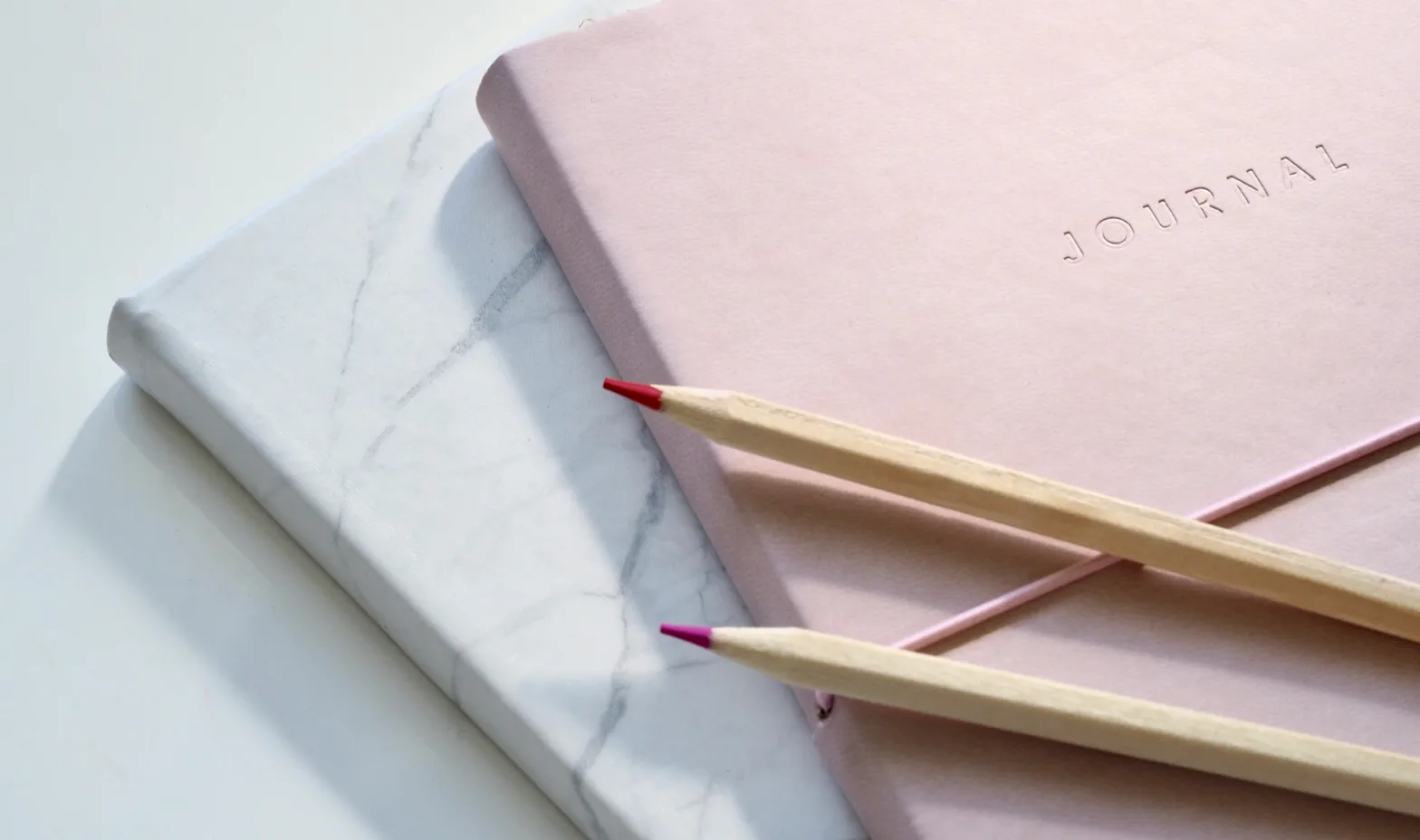Writing down your thoughts on paper is not only a useful tool for sorting out your thoughts, but it can also help you identify your life goals, express gratitude, or understand how to deal with triggers. For this purpose, there are different types of journaling, among which the following are traditionally distinguished: gratitude journal, statement journal, processing journal, and prioritization journal. Let's move on to tips that will help you begin your journaling journey.
1. Define what journaling is for you
Before you start writing your journal, think about what it is for you. What needs can this act of journaling fill? Perhaps you are experiencing a feeling of uncertainty or frequent anxiety. Or you would like to make your life more organized or simply express gratitude for everything you have. Remember that there is no best way to journal for mental health because all the types of journaling can work for you.
Depending on your needs, choose the type of journaling that you think is most suitable for this. For example, if you want to learn how to set your priorities right, a gratitude journal or an expressive journal is unlikely to work for you. Therefore, first determine the reasons why you want to write your thoughts, and then look for methods to do it.

2. Make journaling your daily habit
Imagine you tried journaling and liked the results. For example, you managed to set priorities correctly or isolate yourself from negative thoughts in a stressful situation. However, later you stopped writing and now your journal is gathering dust on the shelf. Of course, this will not bring huge changes in your life.
Regularly expressing our thoughts helps us build a deeper understanding of ourselves and the world, as well as find ways to cope with stress and difficulties. Daily writing helps us focus on the moment and feel more clarity in our decisions.
If you want long-term results, you need to make journaling a habit. You can allocate 20 minutes in the morning or half an hour in the evening. The main thing is to maintain regularity and turn this process into a daily habit. For more tips on how to do this, you can explore The Miracle Morning summary.

3. Don’t strive for perfection, but self-expression
Forget about any norms or rules in writing your journal. You should not do it as if later this journal will be seen by all your friends or be published. This is completely your space of freedom. Do you have incoherent thoughts? Write them down. Want to describe the situation in not very polite words? Write it down. Do you make grammatical mistakes or any inaccuracies? Write anyway.
No one will check your writing for correctness. Moreover, you are unlikely to ever reread it. Usually, such journals are not even recommended to be kept because their main purpose is to help you deal with your thoughts at that moment.
4. Practice gratitude through journaling
Very often, because of anxieties and thoughts about the future, we feel the need for grounding. One of the best ways to do this is to practice gratitude. Having a gratitude journal isn’t just about simply writing down gratitude for what we have. It’s about awareness of every moment of life that teaches us to appreciate the little things and see the beauty in the everyday. Giving thanks for small joys and achievements helps us maintain a positive mood, increase inner harmony, and feel a deeper connection with the world around us.
Research shows that it is best to practice gratitude journaling in the morning. These are kind of morning meditations of gratitude because before you start the day and achieve your goals, you remind yourself to be happy for everything you already have. You can read more about gratitude journaling in our Buy Yourself the F*cking Lilies summary.

5. Make the journaling process easy
Do you still associate journaling with something formal and complicated? Stop thinking about it that way! The goal of journaling is, first of all, that you express your thoughts and feel joy and relief from it. For instance, if you do journaling for anxiety, write till you feel that you don’t have this feeling.
This process does not necessarily have to take several hours and does not require strict rules. You can wake up in the morning and write a few paragraphs of your thoughts on paper. Or, while driving in the car, you can take out your notes and write your worries there. This will be journaling! Therefore, you should not look for excuses for the lack of time or the difficulty of the process.

6. Use journaling techniques that work for you
You can find thousands of different journaling techniques on the Internet, from writing thoughts in plain text to drawing diagrams and doing it online or offline. However, it is essential to find an approach that is convenient and effective for you.
If you tend to visualize your thoughts, try using different colors or pictures in your journal. You are completely free to express yourself. Therefore, if you have a desire, you can even use glitter, photos, paints, or any other items. If after the end of the journaling session, you feel that you managed to express yourself, then all these things were necessary for you.
While it may seem like a simple routine, journaling is a powerful tool for personal development. Reflecting on our thoughts, feelings, and experiences, the diary becomes a space for self-expression and self-reflection. It helps preserve memories of the past and opens the door to a deeper understanding of ourselves and the world around us. Thus, keeping a diary is a valuable component of the process of self-development.
Credentials:










